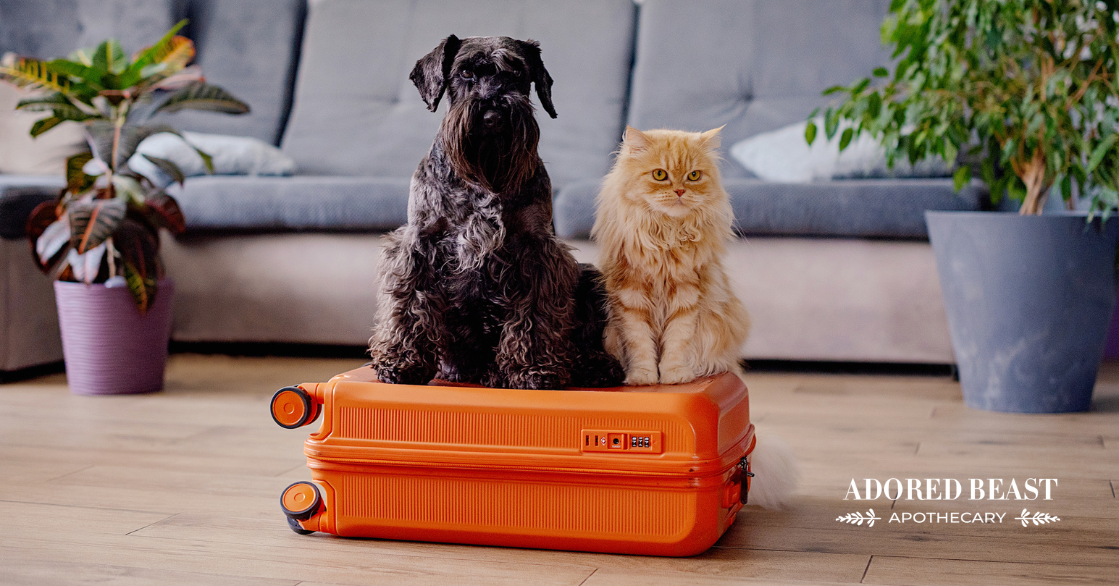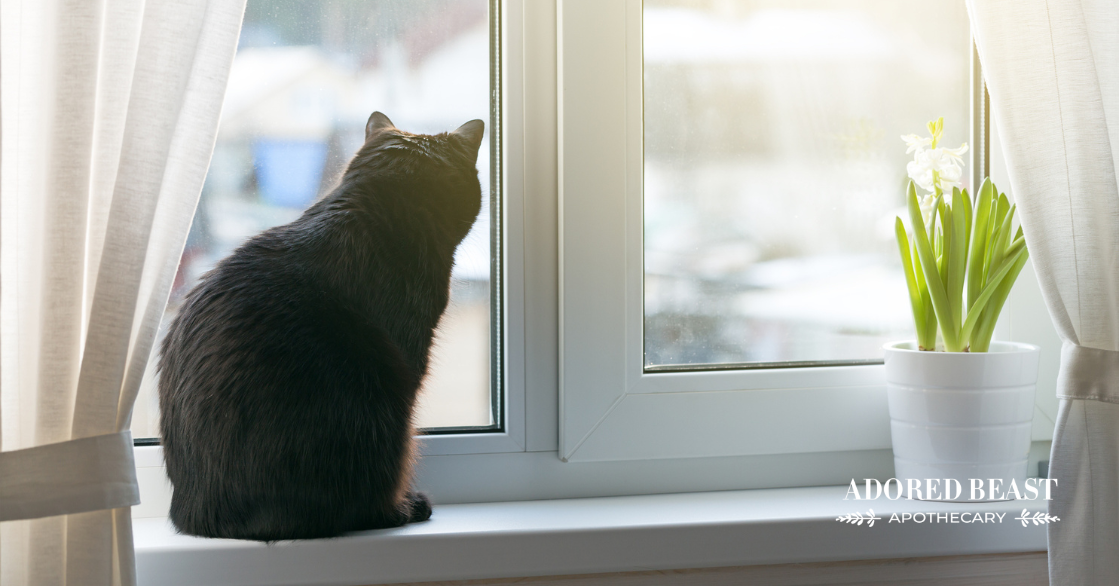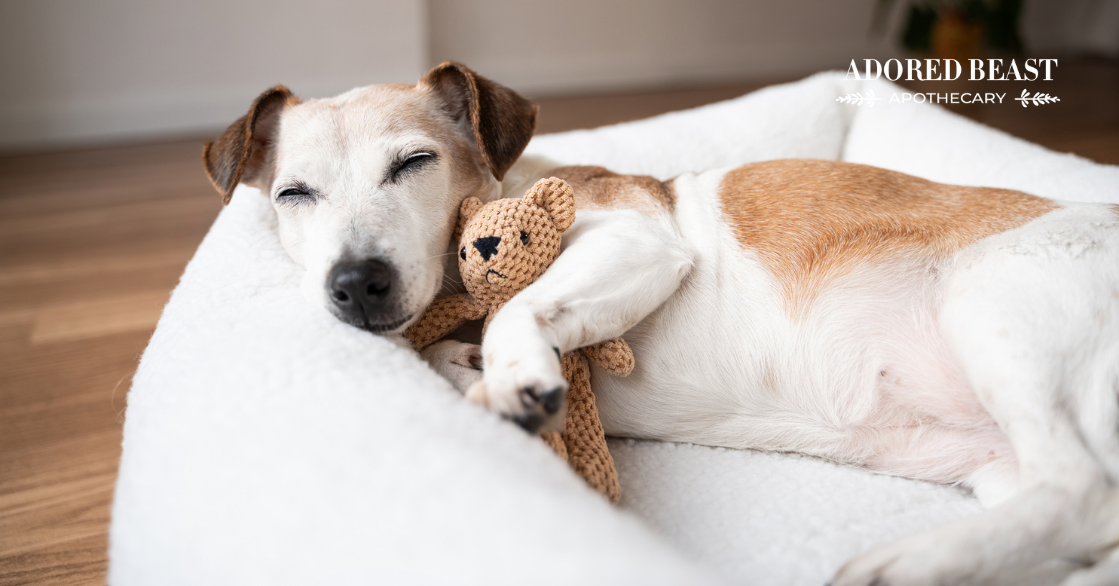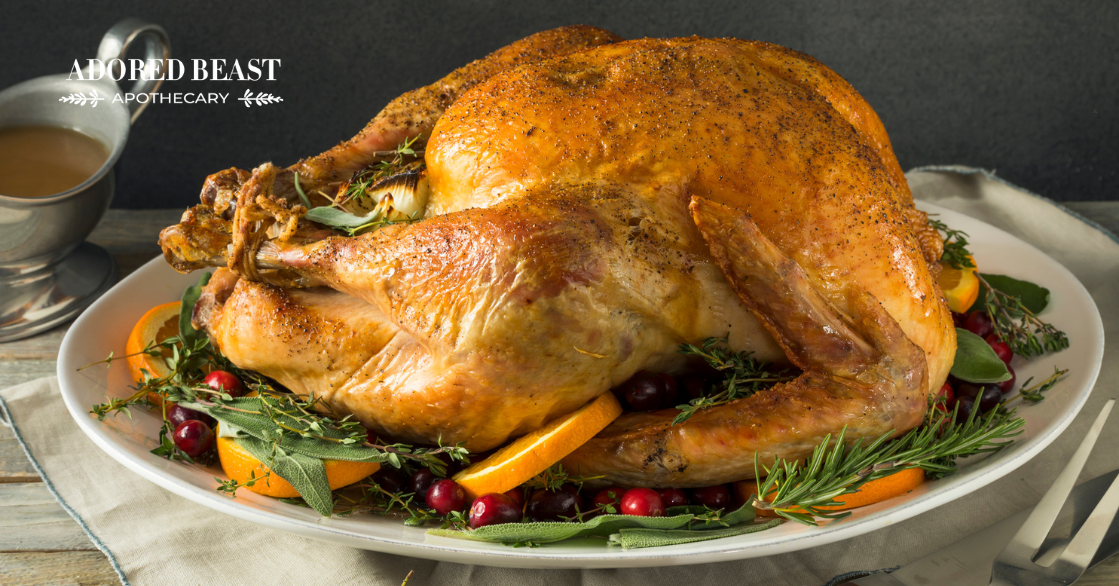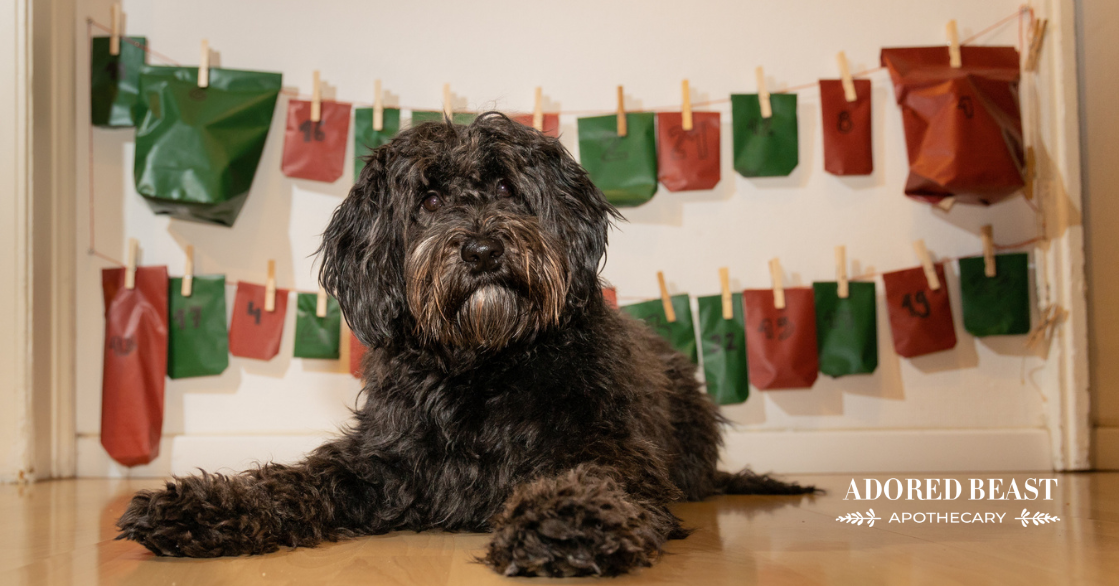As the holiday season approaches, many of us are planning travel to see friends and family. And much of that travel may involve bringing along our pets! After all, they’re family too!
But if you’ve never taken your adored beast on a plane before, the idea may be a bit daunting. So, to help you best prepare for the trip, we’ve put together a list of the best tips for flying with a dog or cat.
Can You Bring Your Pet Along?
First things first: can you even bring your pet?
Different countries have their own health rules for flying with a dog or cat. Some airlines will require proof of the necessary documentation (such as a health certificate and proof of vaccination) before purchasing a ticket. Others won’t. Make sure you’ve researched what you’ll need to avoid being denied entry upon arrival.
All animals, upon landing in any country/region, may be inspected by government veterinary officials. Please note that there may be veterinary inspection fees. Local veterinary health certificates obtained from animal clinics may not be sufficient to clear government veterinary inspections.
For specific restrictions, as well as information on vaccination and documentation requirements when bringing animals into a particular country/region, always contact the embassy or consulate of your destination country/region.
Airline Rules and Regulations About Flying with a Dog or Cat
Every airline has their own set of rules and regulations regarding travelling with a pet. Your best approach is to contact your individual airline to find out exactly what those regulations are before planning your travel. Usually, there is a limitation on pets that can travel in the cabin, so before moving on with buying your ticket, it is important to call the airline to make sure you can travel with your pet. Note that there may be additional fees.
Important: Not all airlines offer the option to bring pets in the cargo hold, since it needs to be pressurized to allow pet travel.
Here are some general guidelines and things to consider when flying with a dog or cat:
- Weight is a crucial factor. In most cases, only cats and smaller dogs can travel with passengers. Other species usually have to be travel in the luggage compartment. In most cases, dogs over 20 pounds, unless they are emotional support or service dogs, will have to travel in the cargo hold of the plane.
- The size requirements of the carrier vary between airlines, usually only dogs that are smaller than 11 inches tall and 18 inches long can go with you to your seat.
- Important: Unfortunately, even if you have a very small dog, they may not be permitted to fly in the cabin. Many airlines have restrictions on the dog breeds they permit on their flights. Some companies prohibit the transport of Brachycephalic dogs, such as pugs, boxers, Lhasa apso, bulldogs, and shih tzu. These animals may experience breathing difficulties, which may become worse during the flight, both in the cabin and in the hold.
- If your pet is flying in the cabin, they must travel in an approved pet carrier (soft- or hard-sides) that is well-ventilated and can fully fit under the plane seat.
- Your pet carrier will count as a carry-on bag or personal item, so pack accordingly. If you want to bring a carry-on and a personal item onto the flight in addition to your pet’s carrier, you may have to pay for an extra bag. At some airlines, up to two pets can travel in one carrier if the carrier and animals don’t weigh more than 20 pounds together.
- If pets are in the cargo hold, it must be a pressurized and temperature-controlled area. Even though it is part of the cargo hold, your pet will not travel stacked on top of the baggage. They will occupy a special section, and the airline staff with secure their crates to the aircraft to prevent tumbling or movement.
- The cargo hold is climate-controlled and will not be colder or hotter than cabin temperature. A pet-friendly airline will make sure your pet is comfortable at all times.
Important: If you have two pets flying, travelling in the same crate may seem like a good idea to keep each other company, especially if one pet is anxious about the travel. However, the International Air Transport Association does not recommend it for safety reasons unless the pets are small puppies or kittens.
Tips for Flying with a Dog or Cat
Once you’ve booked your ticket and planned your trip, here are some tips to help make the journey as comfortable as possible for your pet:
- Always remove your pet’s leash before placing them in their crate/carrier.
- Feed your pet four to six hours prior to departure, as a full stomach may cause discomfort during travel.
- Give your pet water right up to the time of travel. Be sure to empty the dish at check-in, otherwise spillage during the flight will give your pet a wet and uncomfortable ride.
- Be very cautious with tranquilizers and other medications. We don’t recommend them, but if your pet is frantic and could hurt themself trying to escape you might want to discuss this with your veterinarian.
- The carrier must be adequately ventilated and have at least a 3/4-inch rim around the sides so that the air holes won’t be covered if the cage is pressed against other boxes.
- Cover the bottom of the carrier with absorbent material such as a blanket.
Remember, no one will be in the cargo hold to check on your animal. They will be alone for the entire flight. This is not meant to scare you, just to help you better understand what will help make the journey safe and comfortable.
Most Pet-Friendly International Airlines
Some airlines are more accepting of animals than others. These airlines tend to be the ones that try to make the whole process the least stressful:
- American Airlines
- JetBlue
- Air Canada
- Delta
- Air India
- Air France
- Swiss International Airlines
- Turkish Airlines
- Frontier Airlines
- Lufthansa Airlines
- Aeroflot
- TAP Air Portugal
- SAS
- OpenSkies
- KLM
- Aer Lingus
- Japan Airlines
- Alitalia
- CopaAirlines
One closing note: we always want our pets with us, but keep in mind that sometimes your pet just won’t be happy to tag along. Instead of stressing out an animal who just doesn’t want to join in, consider a pet sitter to allow them to stay at home where they feel safe. Flying with a dog or cat can be stressful, and just because you’re excited about the trip, doesn’t mean your pet is, so make sure you’re not causing them undue stress by having them join you.

